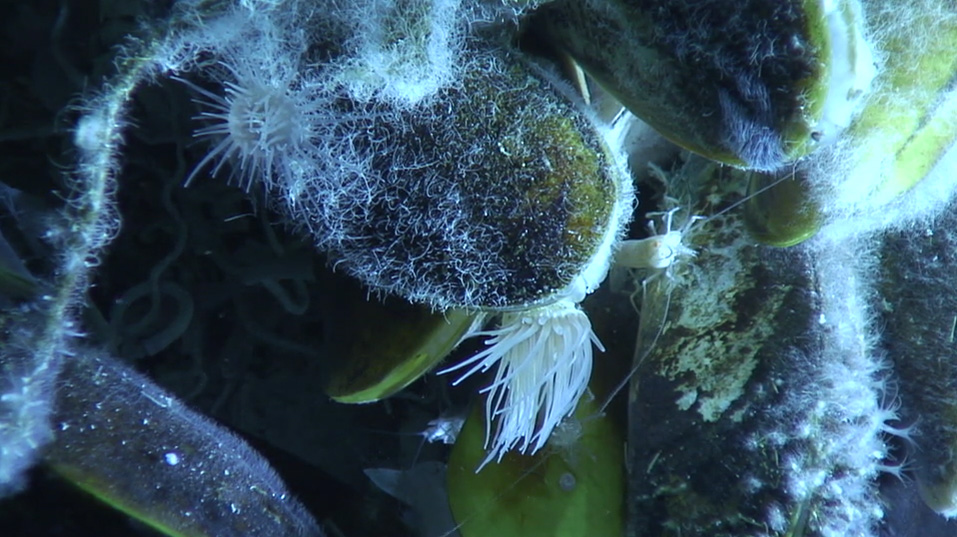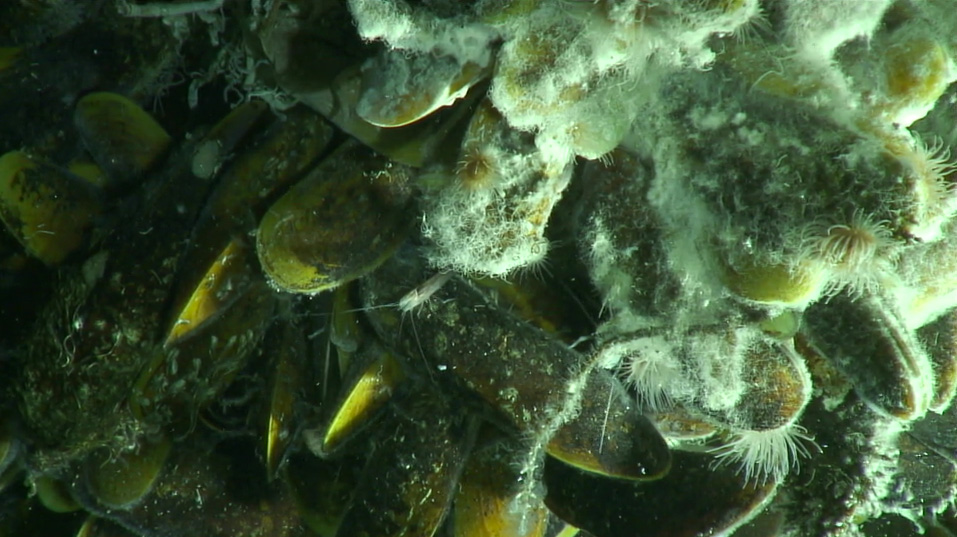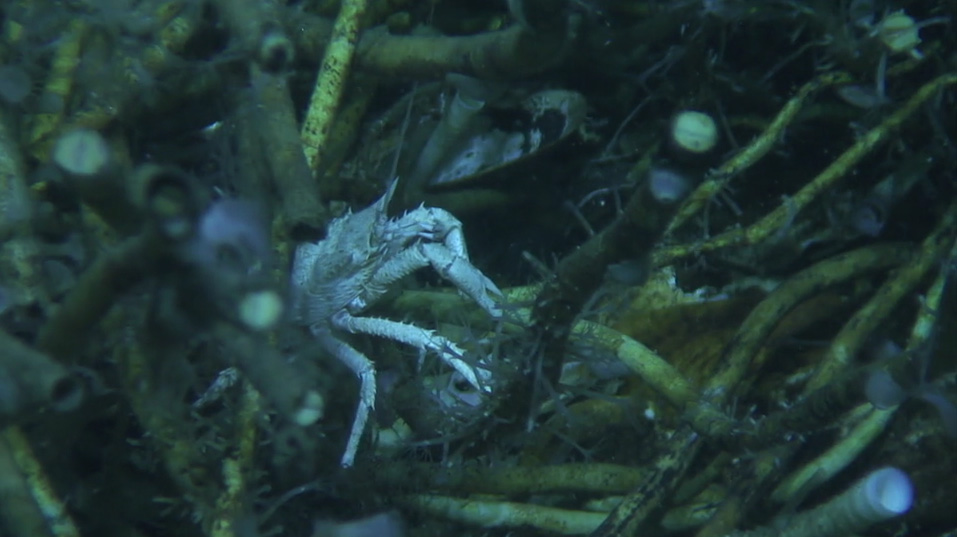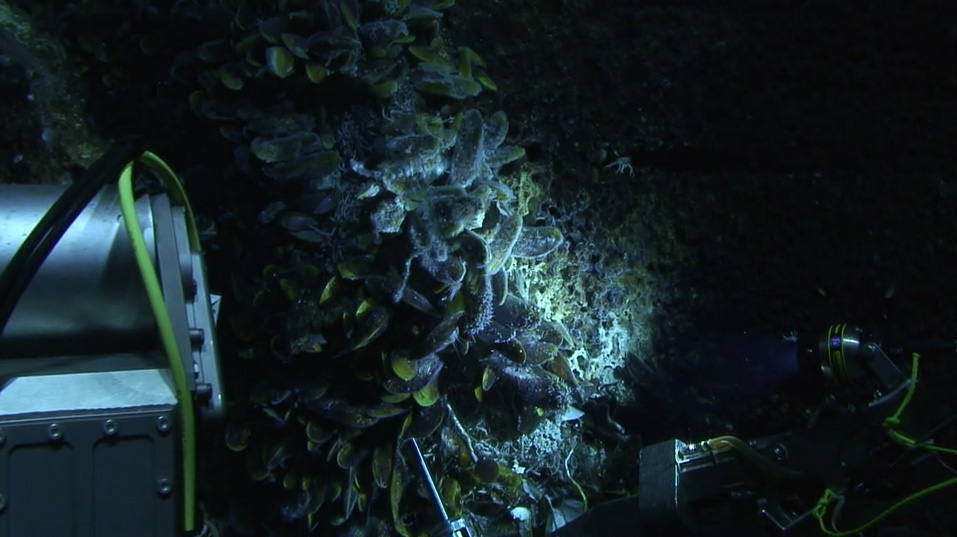



Chris German, outgoing chief of the National Deep Submergence Facility at Woods Hole Oceanographic Institution, has prepared guidelines for making the best use of Alvin’s improved lighting, imaging, and video data collection systems. The guidelines are based on the experience of scientists who participated in the Science Verification Cruise (SVC).
One set of suggestions covers positioning, focusing, aperture-setting, auxiliary lighting from the manipulator arm, and photo documentation during a transit along the seafloor (Primer: Sub Sea Video Imaging (pdf)).
The second set of suggestions deals with processing images and video after a dive (Primer: Post-Dive Video Recommendations (pdf)).
Also available will be video clips from the SVC so that scientists who will be working with Alvin footage can familiarize themselves with the file types that will be coming from the sub. Dive video will come in both the .mov format (the original from Alvin’s cameras) and .mkv format (a “proxy” version that the SSSG technicians will produce after each dive). The proxy files, being highly compressed, take much less time to copy and less space to store while still providing high-quality images. However, viewing them requires software many scientists may not have yet, such as the freeware VLC.
German recommends that scientists install VLC and practice using it with a sample .mkv clip before they leave home (Sample video (mkv)). Here’s a short portion of the same scene in the original .mov footage, so you can compare the quality of the two formats (Sample video (mov)).
He also asked that anyone with additional suggestions about using Alvin’s imaging systems contact him at cgerman@whoi.edu so the guidelines can be updated.
Great advice for new Alvin divers and divers in the new Alvin. Particularly how to capture video during transits…of great help to us geologists. Thank you, Chris.
FYI, the link to the 2nd primer is broken. Thanks for these! Should be a big help for this summer’s work!
Thanks for letting us know. We’ll get it fixed and let you know when it’s working again–
Cherie
Katie, it’s working here now.
Cherie